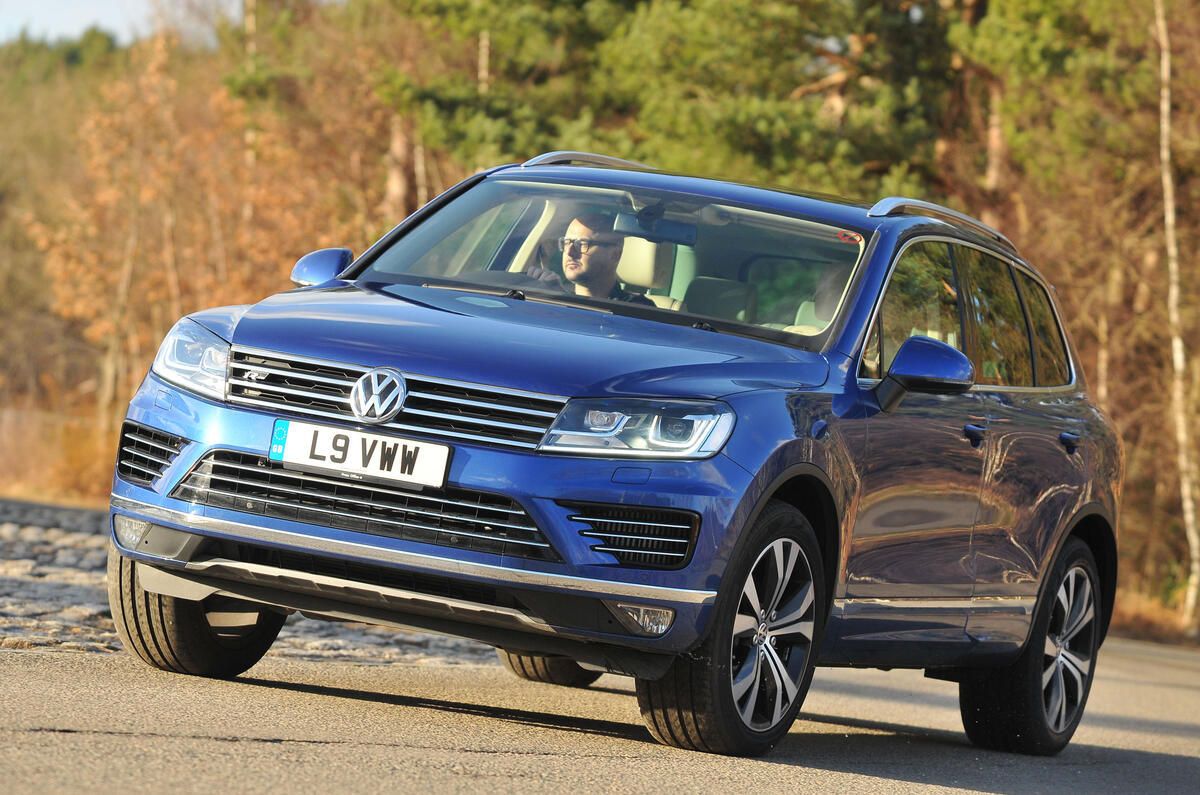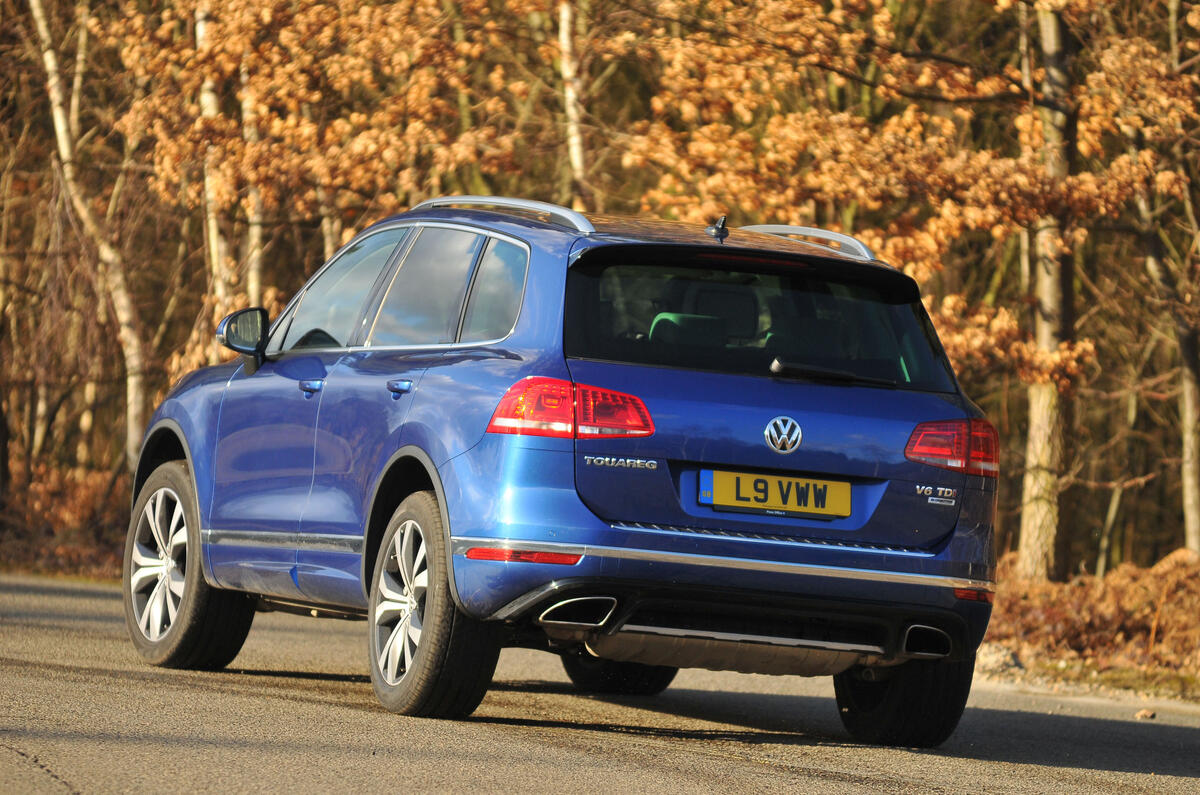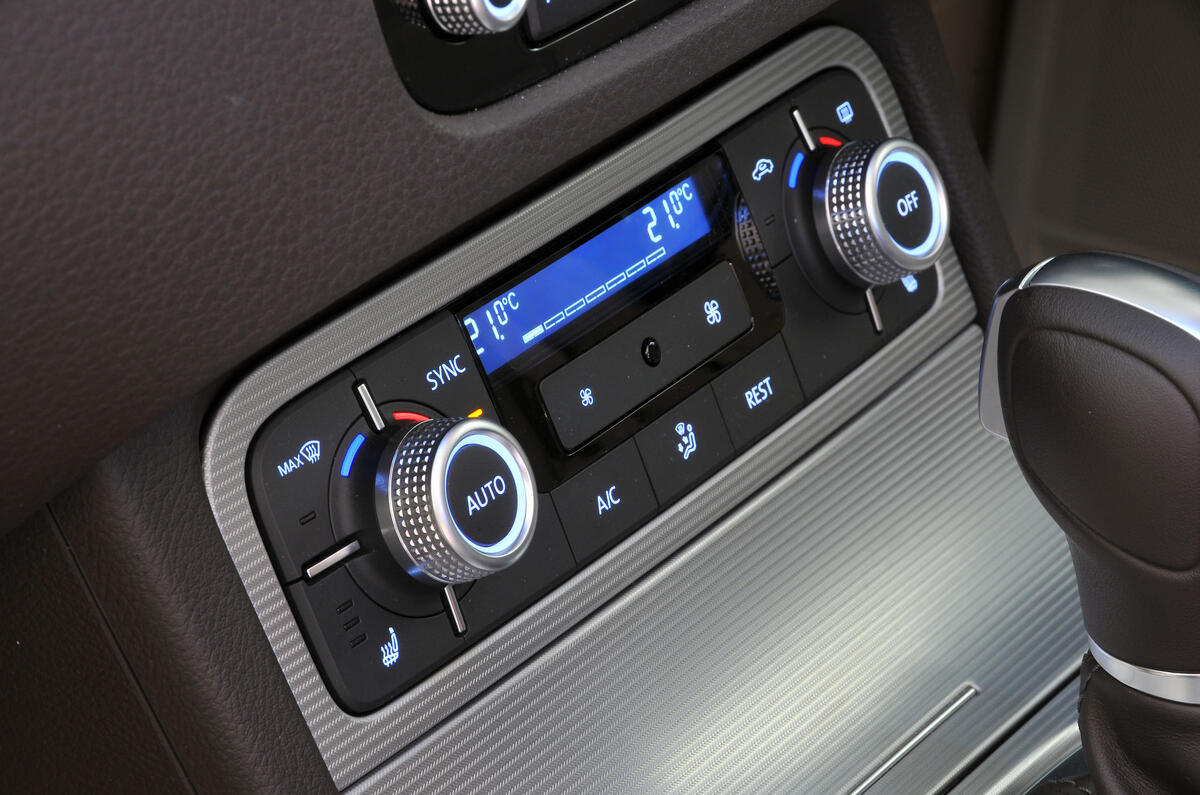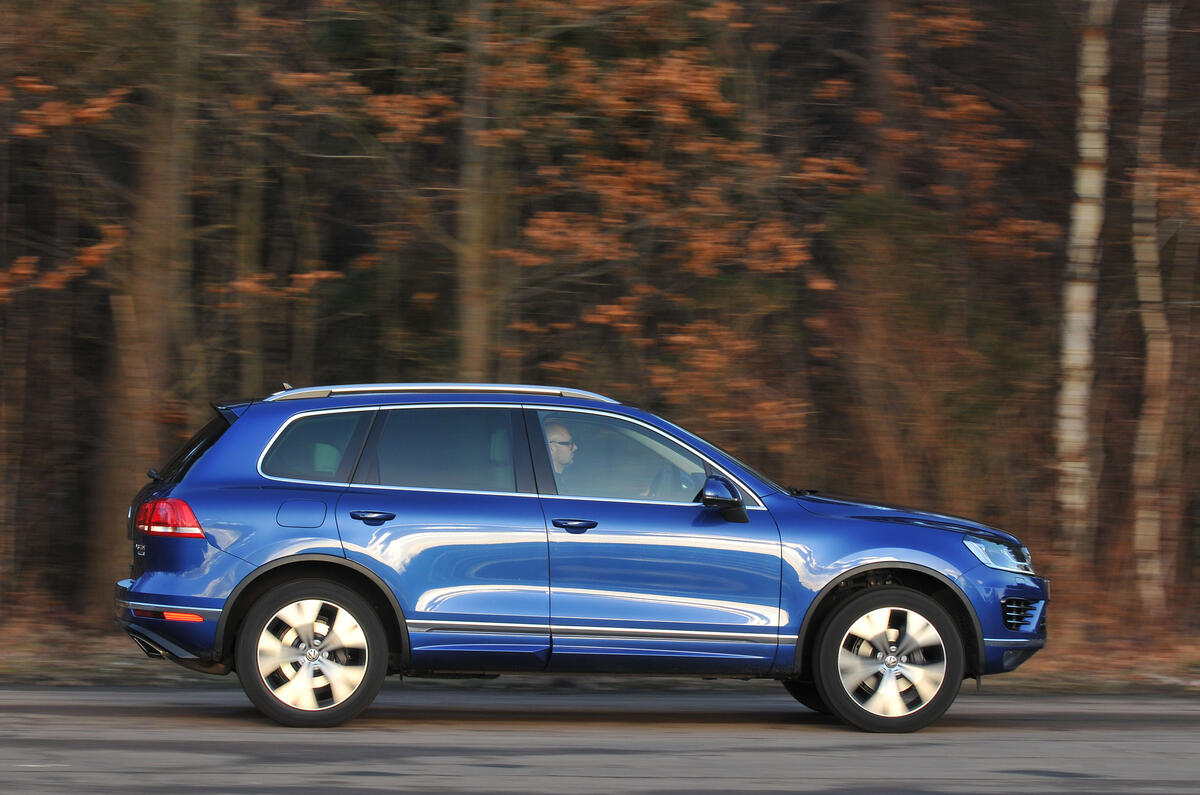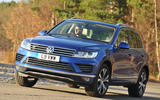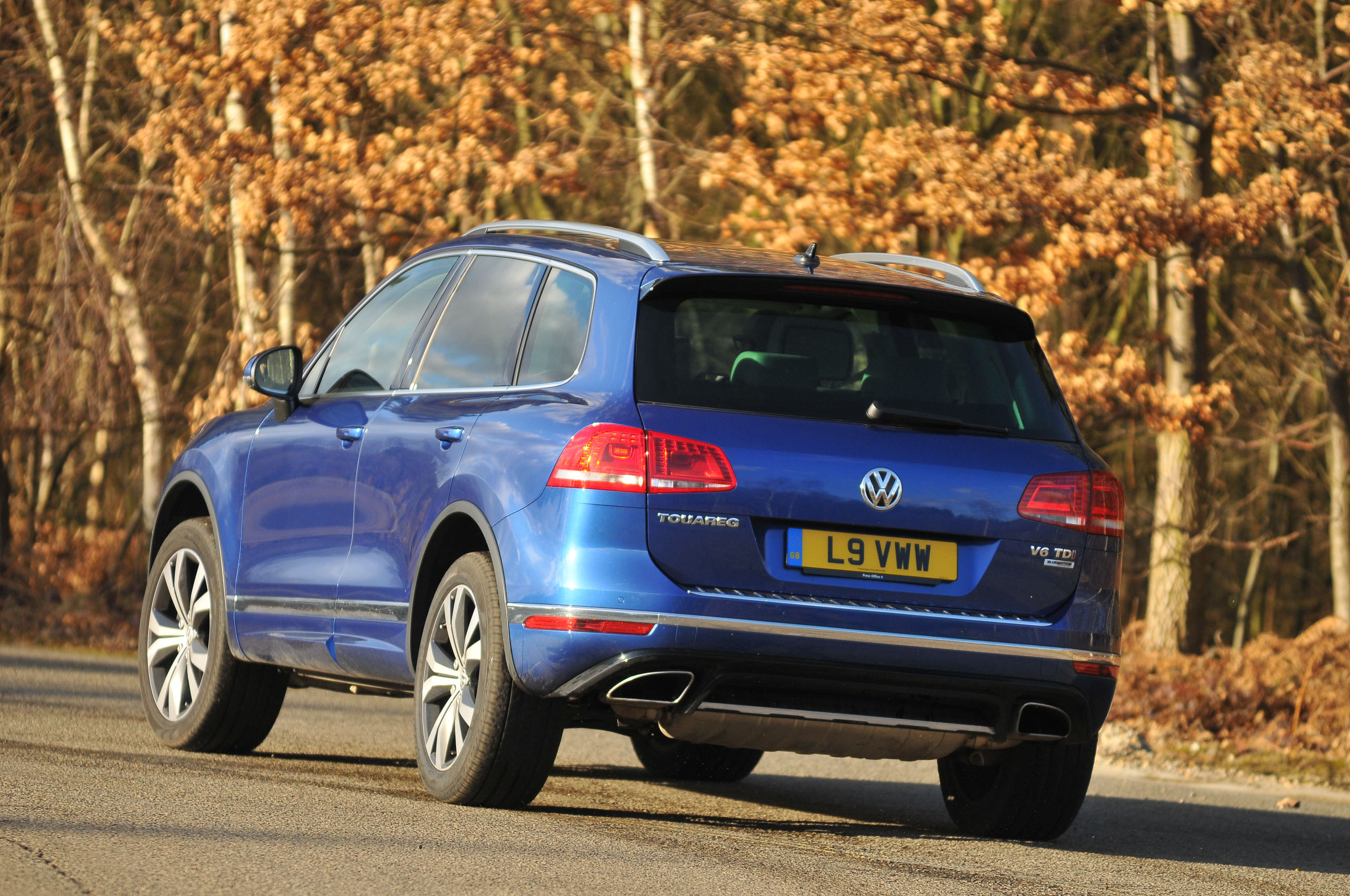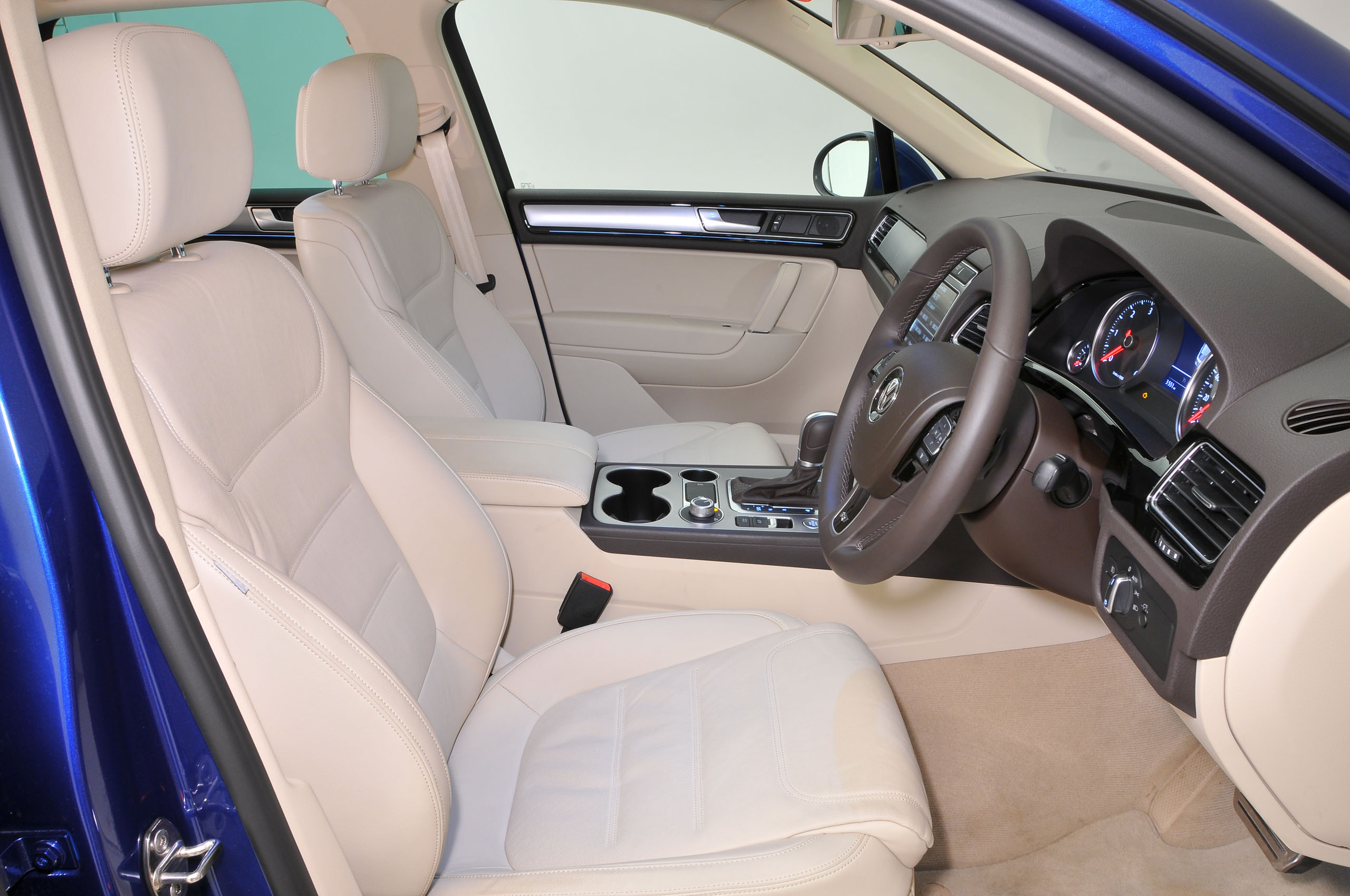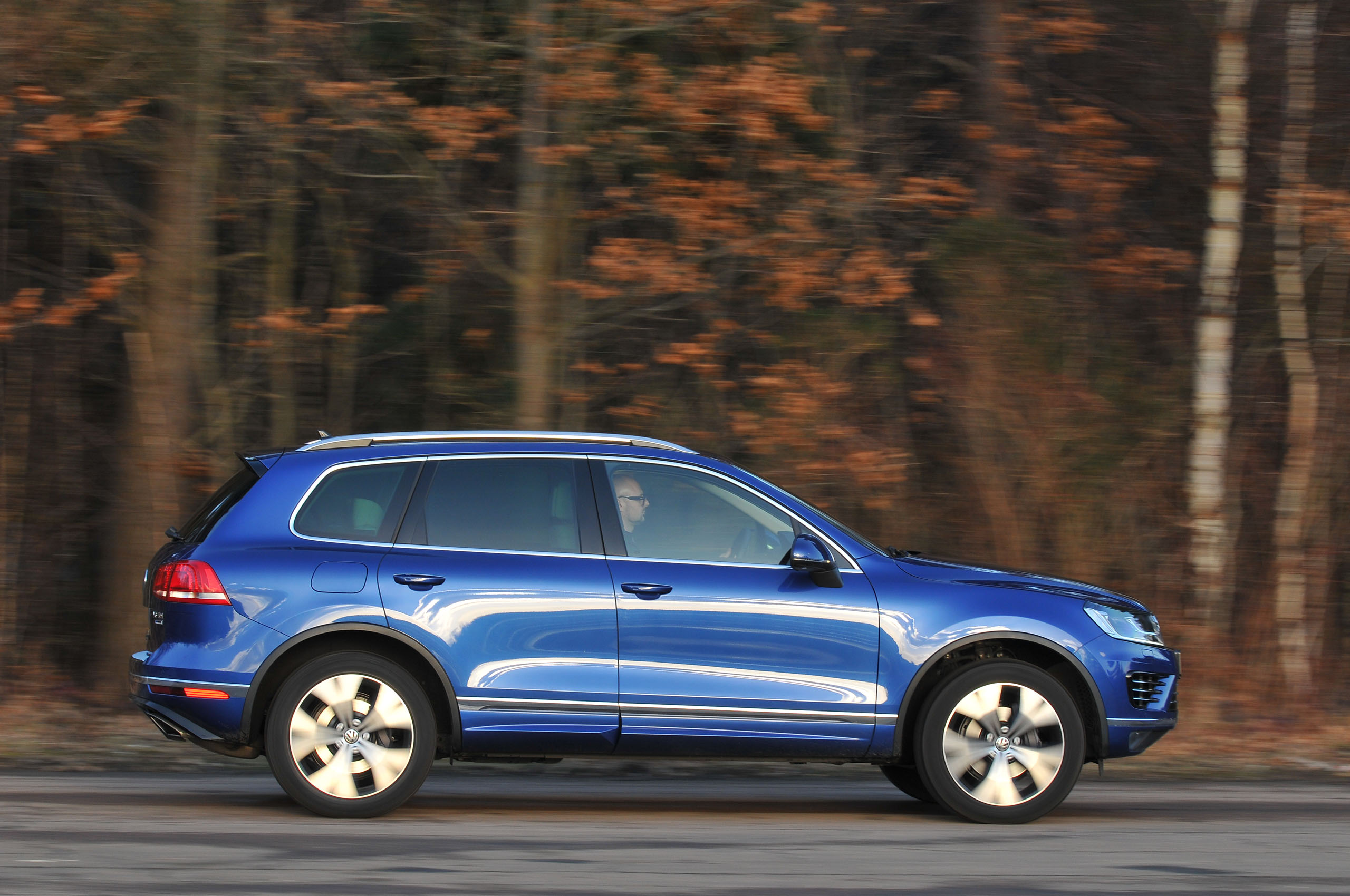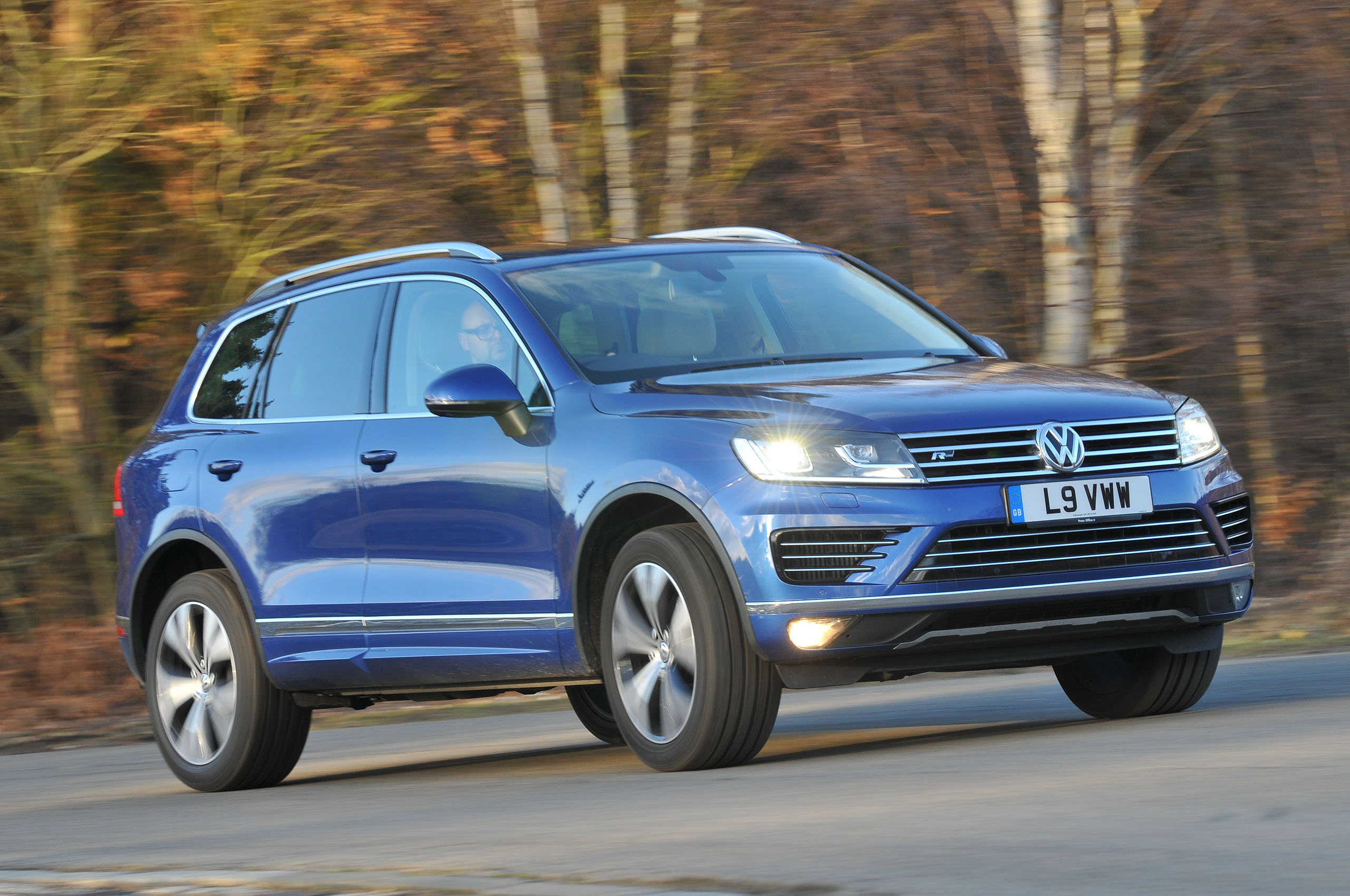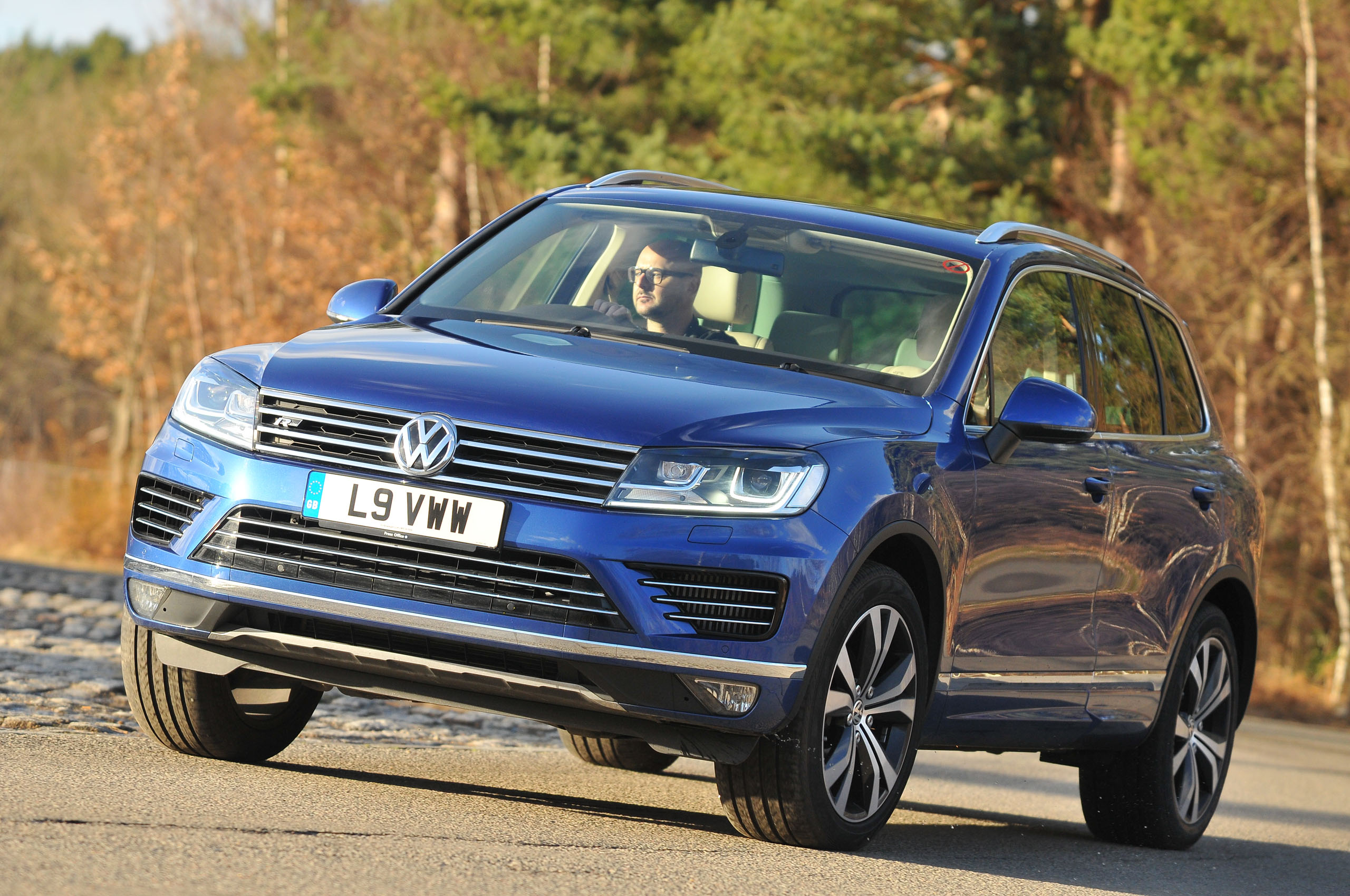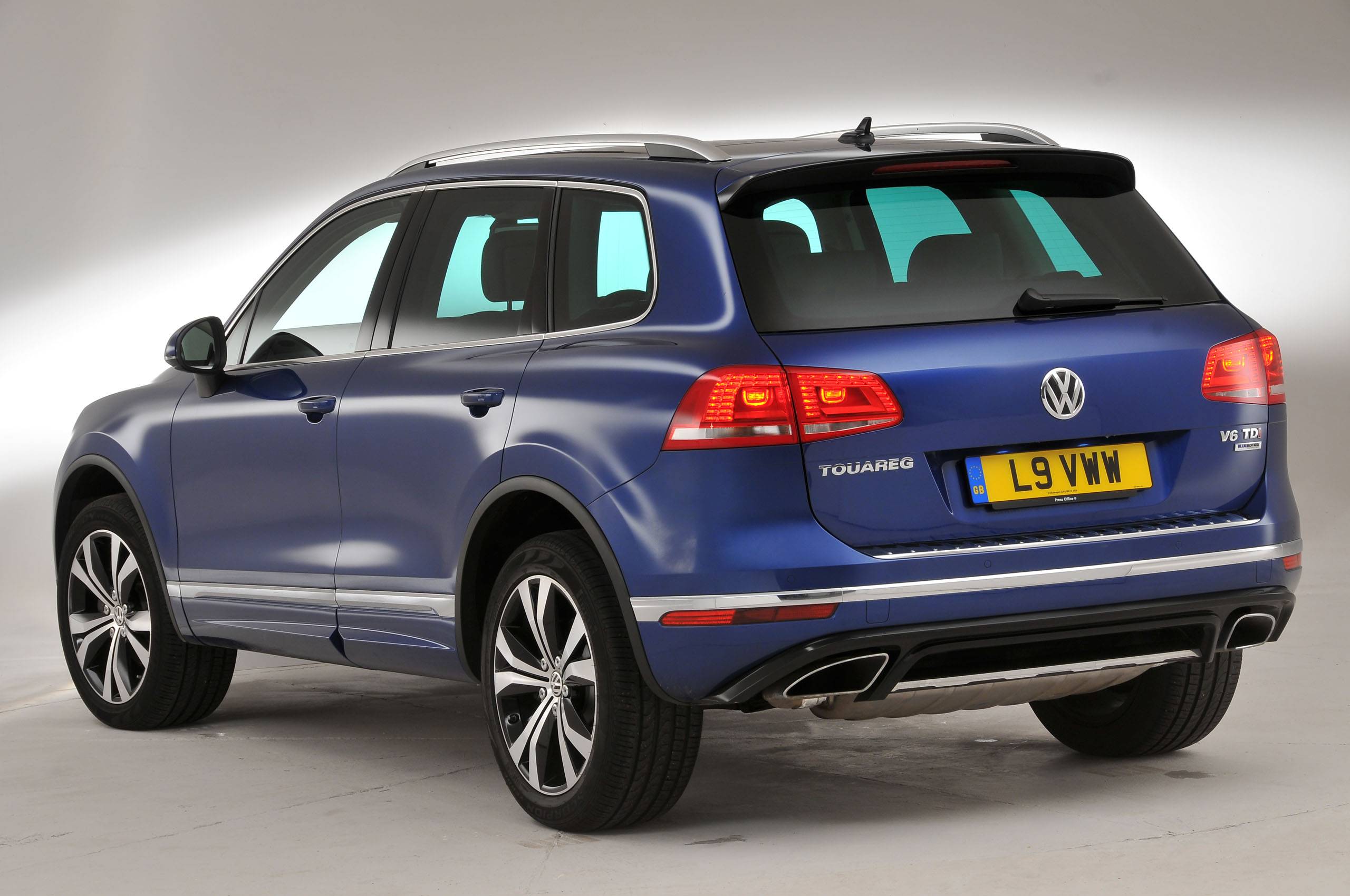When the first Volkswagen Touareg was launched in 2003, it was the outrageously torquey V10 TDI that grabbed the headlines, along with its poor ride quality.
The first model sold in huge numbers, reaching over half a million homes worldwide. This Mk2 model, also based on the new Porsche Cayenne, is lighter, roomier and more economical.
The secret to the original Touareg's success lay in offering BMW X5 levels of space and performance at a significantly reduced price. And that’s a recipe on which this all-new model seeks to improve.
The big news concerning the new Touareg is its weight, which has been reduced by fully 10 percent across the range. At the same time, however, the new Touareg is roomier, more economical, better equipped and, says Volkswagen, better than ever to drive, thanks to its new range of engines and brand new, lightweight steel suspension.
The new Touareg model is only available with a 3.0 V6 TDI, which is available in two states of tune and comes complete with an eight-speed auto ’box and BlueMotion Technology pack, both of which are standard across the range. That monstrous V10 TDI was been replaced by a 4.2 V8 TDI, while a petrol hybrid model was also available, but both are now defunct.



